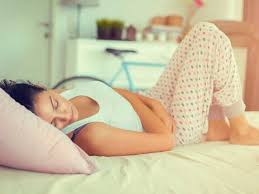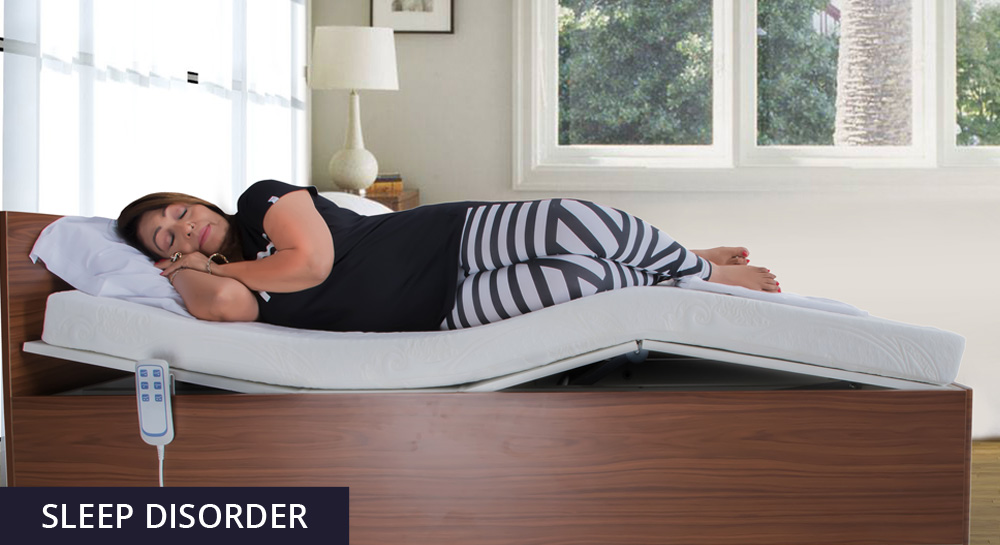Causes And Treatment Of Vaginal Pain

Vaginal pain can be a symptom of temporary problems, like an injury or an infection, or a chronic one with no established cause. According to research, approximately 15% of women worldwide suffer from persistent pain in the vagina for unknown reasons. This condition is called Vulvodynia. Usually, women try to hide their pain and suffering in fear of getting ridiculed or feeling embarrassed because of the stigma around these conditions. However, vaginal problems need the right diagnosis and treatment to ensure that the pain and suffering ends or, at the very least, subsides. So, let us discuss the different vaginal pain treatment and its causes.
Causes
Various reasons trigger pain in the vagina. The most common reasons are:
- Infection
Yeast infection is one of the most common causes of vaginal pain. Approximately 76% of women develop a yeast infection in their vagina at a certain point in their life. The yeast infection can result in burning, itching, and an occasional white discharge (like cottage cheese) from the vagina. These infections do not spread through sexual intercourse, and most doctors don’t recommend treating and testing sexual partners.
BV or Bacterial Vaginosis is a condition common among sexually active women. BV may not show any major signs in your body, but it will cause certain symptoms in your vagina. They are:
- Buring
- Itching
- Pain
- Uncomfortable sex and
- Fishy odour
Many women mistake the BV symptoms for those of yeast infection. But the causes of both problems are vastly different, and hence, they need different vaginal itching treatments to deliver effective results.
Moreover, a few other infections, such as Gonorrhoea and Chlamydia, which are transmitted sexually, can also result in unusual discharge and pain in the vagina.
- Pelvic injury or floor muscle dysfunction
Any damage to the pelvic floor muscles can cause vaginal pain, along with pain in the back, stomach, and other muscles in the body. The factors that cause injury or damage the pelvic floor muscles include:
- Episiotomy, which is a surgical incision procedure to enlarge the opening of the vagina up to the perineum during labour pain to facilitate childbirth
- Injury during childbirth
- Pregnancy
- Age
Some of the women who suffer from pelvic floor muscle dysfunction also experience incontinence, especially while jumping or sneezing. Some may even experience pain or faecal incontinence or both when they pass stools.
- Physical trauma
Any physical injury to the vulva or other parts of the vagina can cause pain. Injuries like a cut due to shaving can cause vaginal pain. Childbirth happens to be one of the most common causes of vaginal injury.
While giving birth, most women experience vaginal tearing, which starts when they first go into labour. This tear extends typically up to the perineum — the area between the vagina and the anus.
Doctors at a private gynecology clinic commonly refer to it as a perineal tear. The labia or clitoris also tears during childbirth. A midwife or doctor will need to stitch any serious tears. These sutures dissolve with time and don’t require any removal.
This physical trauma can cause vaginal pain in some women even after the wound and the stitches have healed.
Treatment
In order to administer effective treatment, the cause of the pain has to be first identified. The most common methods of vaginal pain treatment are as follows:
- Antibiotics are used to treat Chlamydia, Gonorrhea, Bacterial Vulvodynia, and other kinds of bacterial infections. Physical injuries, like infected or deep wounds, may also need antibiotics to heal better.
- Antibiotics cannot efficiently heal a yeast infection; rather, they worsen the condition. This is because yeast is a fungus and not a form of bacteria. For a yeast infection, the doctor will recommend over-the-counter antifungal ointments or prescribe oral antifungal medication.
- Physical therapy can help you heal pelvic floor muscle injuries. For this condition, you can seek assistance from the therapist and develop a detailed plan to strengthen your pelvic floor muscles at home. Physical therapy can also help you find a remedy for Vulvodynia.
- Bartholin’s Cysts usually heal on their own, and techniques such as warm compresses can speed up the process. If the cysts become too large, the doctor can remove it surgically. If the cyst gets infected, then it will require antibiotics to heal.
- It is often difficult to find treatment for Vulvodynia. Though vaginal itching treatment is different for every woman, it is usually a combination of:
- Lifestyle changes, like trigger avoidance
- Sex therapy
- Pelvic floor muscle exercise
- Nerve block drugs
- Nerve stimulation
- Topical and oral pain medications
Understanding and acknowledging the existence of vaginal pain will open your door to more effective treatments. But first, the woman should be ready to discuss the problem. If the issues are neglected, the underlying condition will only worsen over time.
If you have come across any of the symptoms listed above and are looking for a private gynaecology clinic in London, then visit us at Well Women Clinic.



